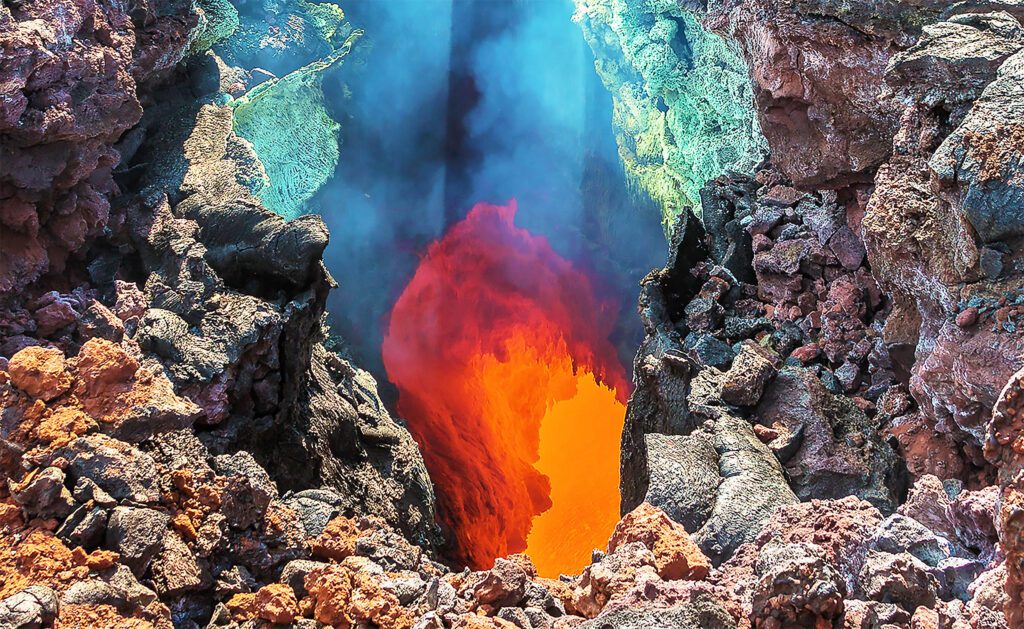Scientists at the University of Texas at Austin have made a groundbreaking discovery beneath North America, observing a geological phenomenon called “cratonic thinning,” whereby the continent’s ancient rock formations, or cratons, are losing parts of their deep root layers. This process is occurring slowly due to the influence of the ancient Faralon Plate, which began sinking below North America around 200 million years ago and is now located approximately 600 kilometers below the surface. This active geological activity provides researchers with a rare opportunity to study the ongoing changes within the continent.
The conducted research utilizes seismic tomography to analyze how seismic waves traverse various geological materials, allowing scientists to visualize the dripping of rocks from the cratons. Although the dripping is concentrated in certain areas of the Midwest, it suggests that the entire craton is experiencing gradual thinning. The researchers constructed computer simulations to test these findings, confirming a correlation between the Faralon Plate’s presence and the cratonic thinning.
While this discovery does not pose any immediate threat to surface landscapes, it enhances our understanding of the long-term evolution of continents and the hidden forces influencing their structure. The study emphasizes that even ancient, stable geological formations continue to be shaped by deep-seated processes. The findings were published in the journal Nature Geoscience.
Source link


